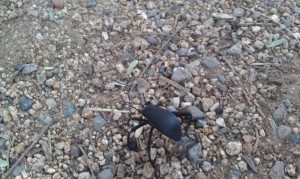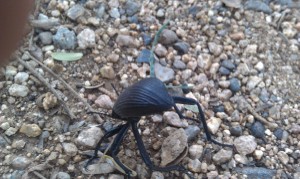How do bug explosions happen?
Many of us have heard of the plagues of certain insects occurring across certain areas of the world.
In Exodus, Pharaoh refused to let the Hebrew people (or Israelites) leave Egypt. The 10 plagues were a divine demonstration of power and displeasure designed to persuade Pharaoh to “let my people go,”. Some of these plagues were insects of animals: such as frogs, gnats or lice, flies and locusts.
Bubonic Plague peaked in Europe between 1348 and 1350 with fleas carried by rats. It was probably carried by Oriental rat fleas living on the black rats that were regular passengers on merchant ships. All in all, the plague reduced the world population from an estimated 450 million to a number between 350 and 375 million in the 14th century.
1889 – locust swarms crossing the Red Sea covered 2000 square miles, and contained an estimated 250 billion locusts. Now, if only there was a good recipe for locusts.
In 1931, a swarm of grasshoppers descends on crops throughout the American heartland, devastating millions of acres. Iowa, Nebraska and South Dakota, already in the midst of a bad drought, suffered tremendously from this disaster.
Around 1940 locusts devoured the entire wheat crop in 20 districts in China, causing the starvation of 6 million people.
Jan 20, 2011 When mice run out of food in Streaky Bay, Australia, it leads to a mouse plague of Biblical proportions. The sea is the only place safe from the rising tide of rodents. I just had to share this one – watch the video – its freaky…
Aug 9, 2011 Brown Marmorated stink bugs, rise to new levels in Midwest.
A plague of these insects can occur when conditions cause their populations to suddenly explode. Usually this happens under drought or very dry conditions, since their egg pods are vulnerable to fungus in wet soil. When the soil is very dry, swarms can develop. With rodents and other mammals it all depends on the circumstance involved, more rain, more food and the right condition exists and the population increases.









